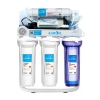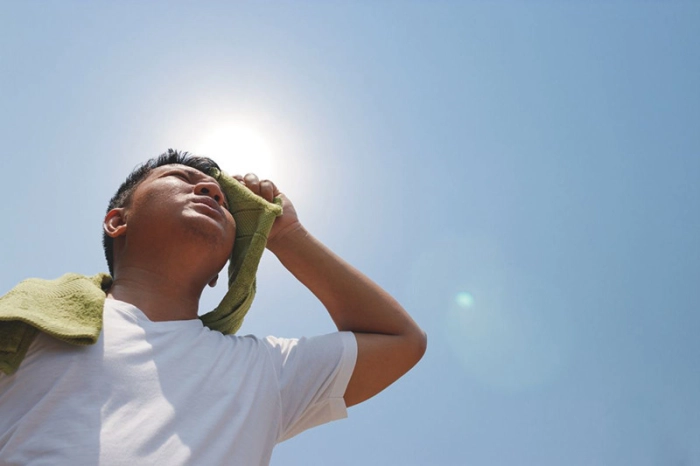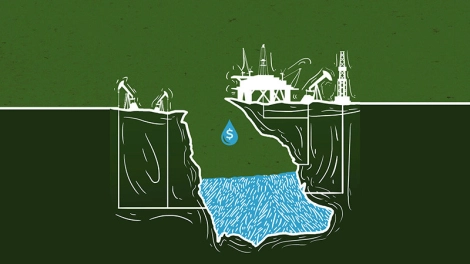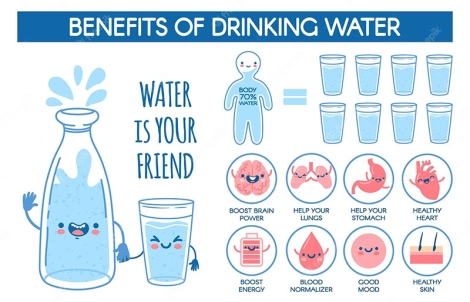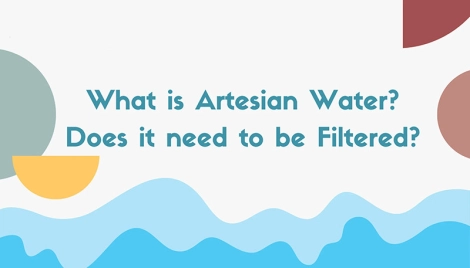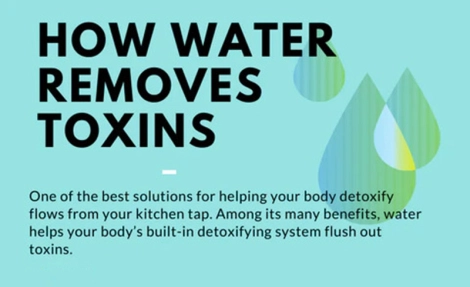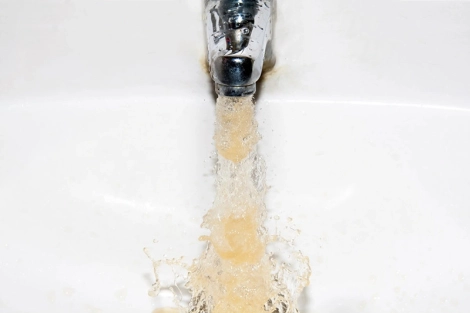The impacts of water pollution on humans
Water pollution is harmful to human health as it causes various diseases. Polluted water can contain bacteria, viruses, and parasites that can transmit diseases to humans through drinking water, causing damage and sometimes leading to life-threatening illnesses.
According to a study published in The Lancet, it revealed that in 2015, water pollution caused approximately 1.8 million deaths, and communities living near heavily polluted waste plants are at a higher risk of being affected by water pollution.
The impacts of water pollution on humans
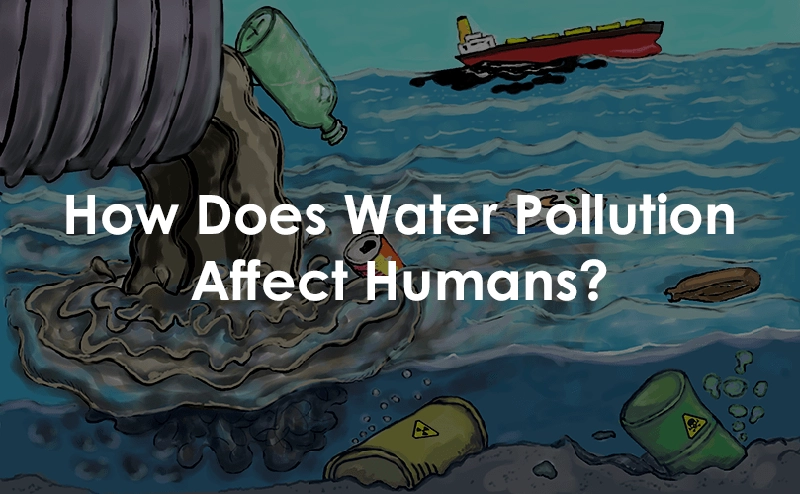
Untreated drinking water contains harmful bacteria that can cause abdominal pain, nausea, headaches, diarrhea, intestinal inflammation, abdominal cramps, and vomiting.
Drinking water can contain various types of viruses that can cause multiple diseases. These diseases may lead to jaundice, loss of appetite, fatigue, fever, headaches, high fever, constipation, diarrhea, gastritis, and intestinal inflammation.
Diseases transmitted through polluted water
Many diseases spread through water, including bacteria, viruses, fungi, and parasites, prompting officials and researchers to study microorganisms in water to improve and purify water continuously.
Here are some examples of the consequences of water pollution and the diseases it causes:
Typhoid fever
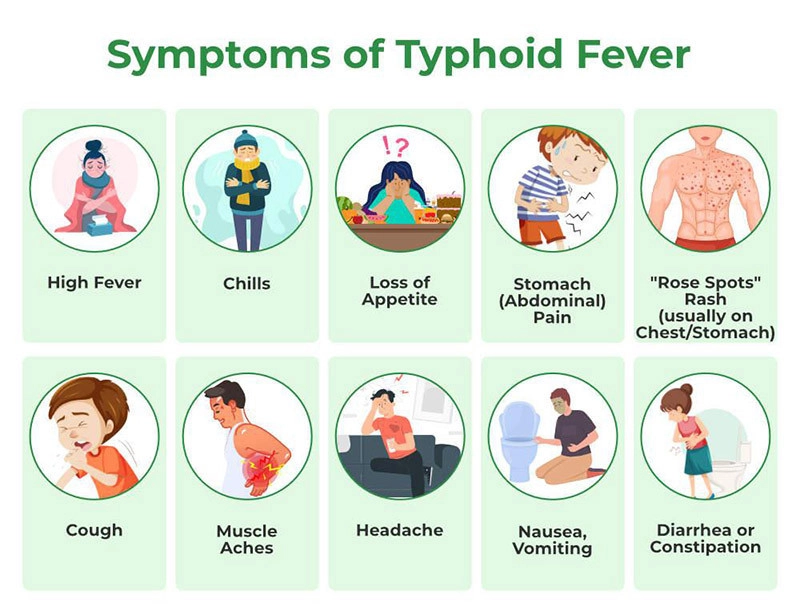
Typhoid fever is caused by Salmonella typhi, belonging to the Enterobacteriaceae family, which produces toxins in the body, resulting in two types of diseases: typhoid fever and gastroenteritis.
The consequence of water pollution is gastroenteritis and enteric fever caused by Salmonella, which primarily resides in the human and animal intestines, spreads to water, and can survive in water or soil for several weeks under suitable temperature, humidity, and acidity conditions.
Anyone can carry Salmonella bacteria without symptoms for a long time, and about 5% of people who have recovered still carry the bacteria in their bodies for several months or even years (they are a source of bacteria). Some seafood such as oysters can be contaminated with this bacteria, and when people consume these seafood, especially raw or undercooked ones, it can transmit to humans, causing typhoid fever. Symptoms appear after consuming contaminated food or water in the form of fever, diarrhea, nausea, and lasting from 2 to 5 days, followed by self-recovery.
The bacteria that causes cholera is Vibrio cholerae
This bacterium thrives in water at a temperature of 40 degrees Celsius and a pH level ranging from 9 to 10, and the best way to transmit the infection is in the presence of sodium chloride. The incubation period for the disease lasts from one to three days, and symptoms begin with severe diarrhea of over 1 liter per hour, thirst, muscle pain, weakness, circulatory collapse, severe dehydration, and depletion of essential substances such as potassium in the blood to the lowest levels.
The infection process depends on the individual's immune system, the bacteria's ability to survive in the acidic environment of the stomach, which is the greatest barrier against cholera. The cholera bacteria secrete an extracellular toxin. This toxin binds to specific receptors on the cell membrane, stimulating adenylate cyclase enzyme to accelerate the breakdown of ATP molecules in the cells, accompanied by the release of important cellular components such as sodium, potassium, chloride, and water ions. This is the reason for severe diarrhea.
Coli causes intestinal inflammation
This pathogenic strain spreads to humans through water contamination from sewage, which is more common in developing countries where clean water is not accessible to everyone, resulting in a higher rate of diarrhea cases. Each year, millions of people die from this disease, including tens of thousands of children under the age of 5. Symptoms include prolonged diarrhea for several days, followed by dehydration, weakness, and general fatigue.
Some strains are present in water environments such as wells and ponds and can survive in water for several months by attaching to certain sediments, causing abdominal pain and bloody diarrhea. These bacteria secrete specific toxins that cause these issues.
Hepatitis A, caused by the HAV virus, is transmitted through contaminated food and drinking water contaminated with the feces of infected individuals, causing itching, jaundice, and weakness. The mortality rate is around 1% among those infected.
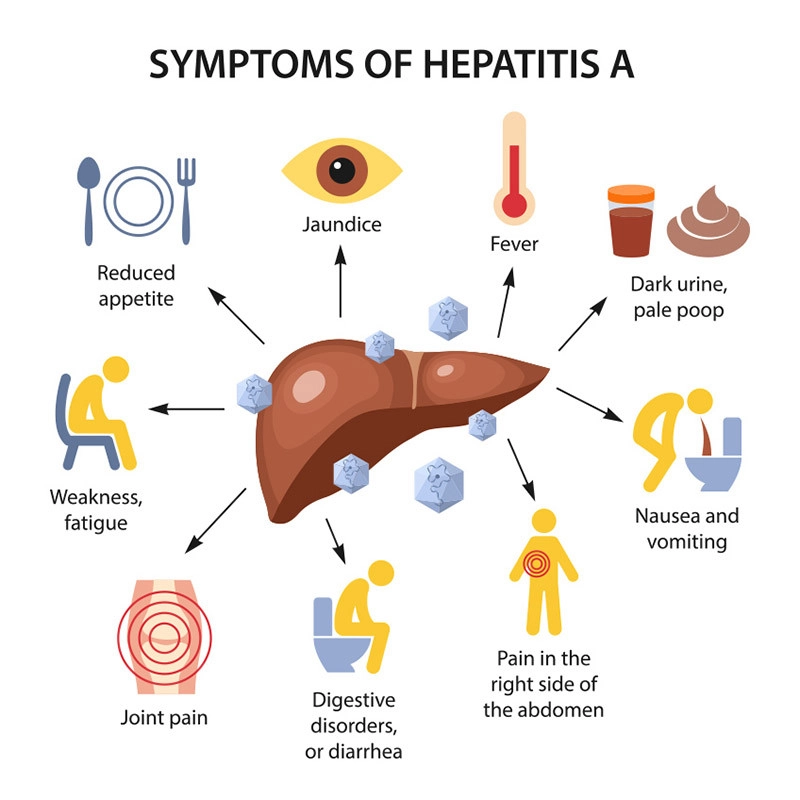
Acute flaccid paralysis, caused by the poliovirus, affects over 90% of infected individuals without showing any symptoms, primarily affecting children or adolescents. The virus invades nerve cells and infiltrates the nervous system, causing tumor formation, muscle paralysis, and death due to respiratory organ failure.
Severe Acute Respiratory Syndrome (SARS) spreads through contaminated water and improper handling. It presents symptoms such as fever, cough, sore throat, digestive issues, muscle pain, and fatigue.
The Coxsackie virus can be transmitted through contaminated water, as well as through food and the secretions of infected individuals. There are two types of the virus, Type A and Type B:
Type A affects the skin and mucous membranes, with an incubation period of 1 to 2 days. Symptoms include sore throat, fatigue, difficulty breathing, and loss of taste. Infections can result in chest inflammation, meningitis, conjunctivitis, and Hand, Foot, and Mouth Disease (HFMD), which manifests as small blisters on the palms, feet, and inside the mouth. The symptoms typically last for about 10 days and may leave small scars.
Type B affects the heart, pancreas, and liver, causing myocarditis, facial pain, and hepatitis. Symptoms include fever, abdominal pain, lung issues, and headaches lasting for approximately 12 days. Complications may include uterine inflammation, myocarditis, and encephalitis.
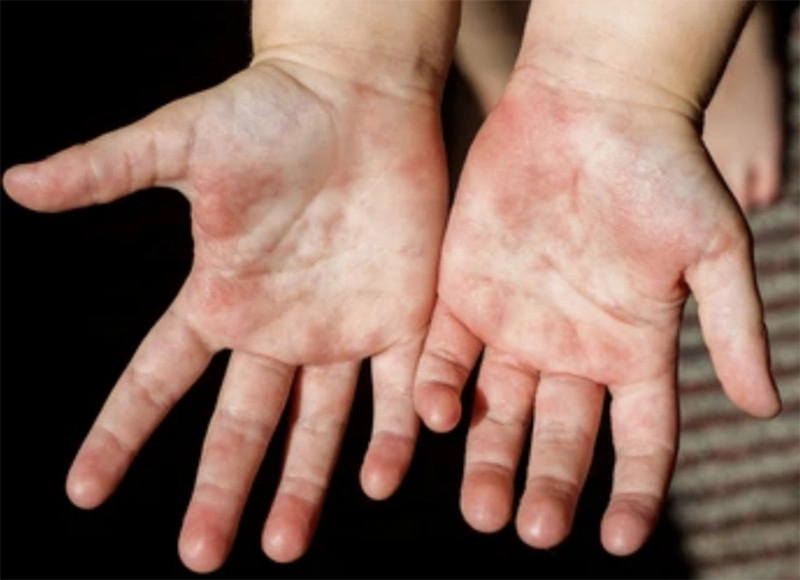
In 2007, many children in Eastern China were infected with the Coxsackie virus, resulting in 22 deaths and around 800 other children being infected, with approximately 200 of them requiring hospitalization for treatment.
Addressing water pollution is crucial
Water pollution has numerous and diverse drawbacks, and maintaining clean, unpolluted water is essential in our lives. This helps prevent the negative impacts of water pollution.
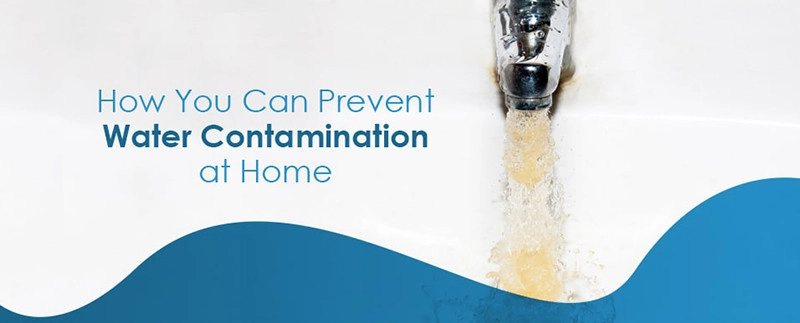
If water is contaminated in our daily lives, it will have a negative impact on every aspect of our lives. The human body relies on water, which constitutes 70% of it, to support vital organs such as the brain, stomach, lungs, liver, kidneys, etc. Therefore, supplying clean water to all these essential organs helps improve health and prevent such damages.
Given the pollution situation in Saudi Arabia, home water filtration is indispensable to protect your home from the negative impacts of water, from drinking and cooking to washing and bathing, in order to avoid potential harm that can affect the skin and hair.
RO water filtration technology completely eliminates harmful substances
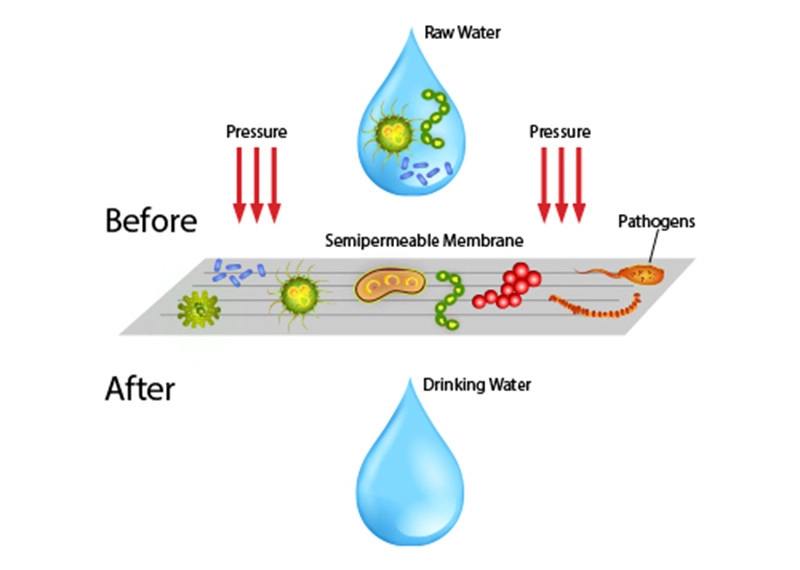
RO water filtration technology is considered the most advanced and premium technology in the water filtration industry. Karofi has currently implemented RO technology in its products. As a result, all Karofi water purifiers have the ability to completely remove harmful substances present in water, ensuring absolute safety of the filtered water.
In addition to conventional water filtration products, Karofi has conducted research and developed a smart line of RO hot and cold water purifiers, integrating RO technology with hot and cold features. This product line offers the following outstanding advantages:
- Easy access to hot water, cold water, and purified water, meeting all the needs of the people in Saudi Arabia.
- AioTec technology enables flexible remote control, allowing easy monitoring of water quality from anywhere using just a smartphone.
- The powerful SMAX filter system provides superior high-performance: doubling the capacity and doubling the lifespan.
Through the above article, you have gained an objective view of the quality of groundwater in KSA. If you are interested in Karofi's new product lines and would like to know more detailed information, please contact us via Whatsapp at +84837748966 or visit our website: Karofiglobal.com/en.







